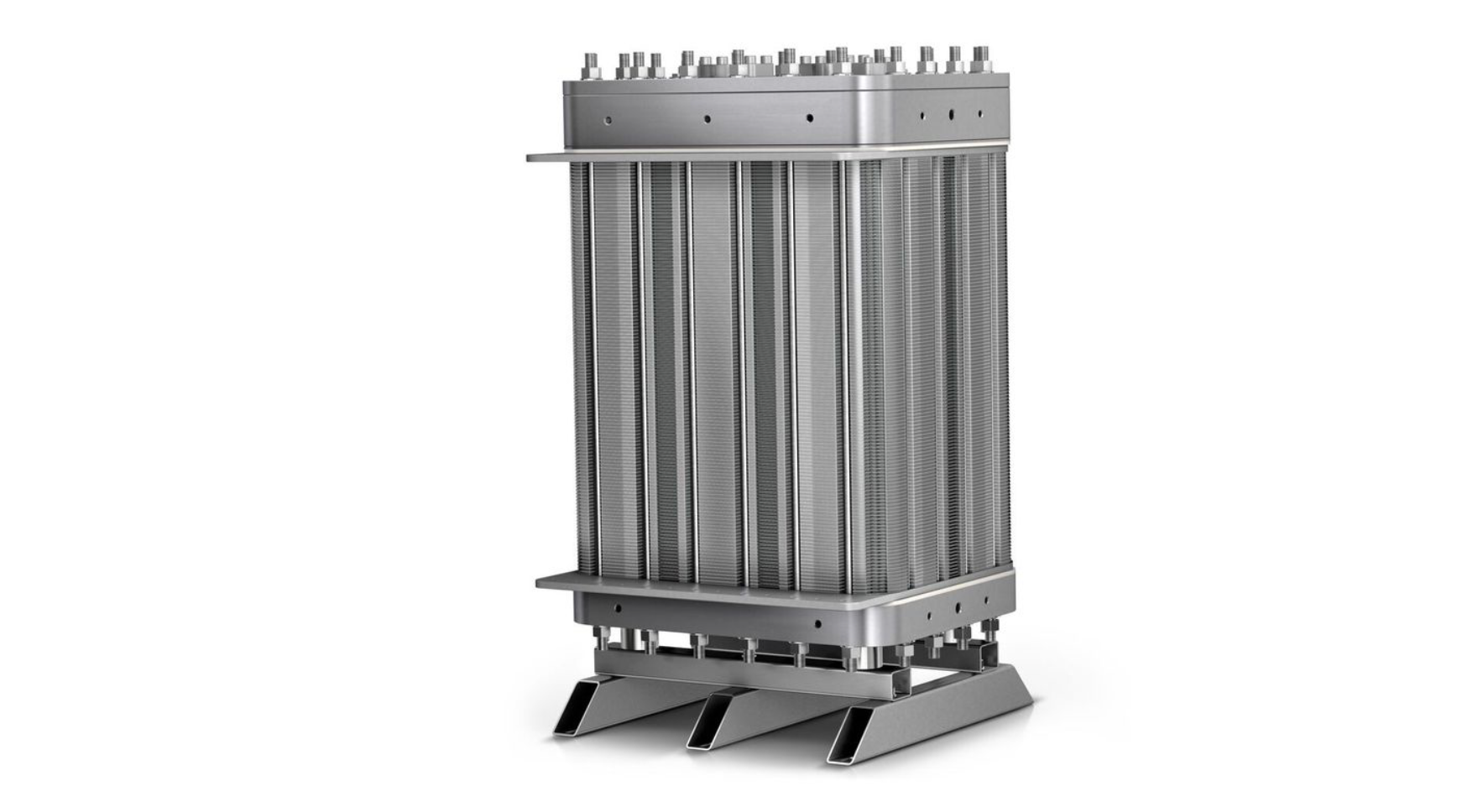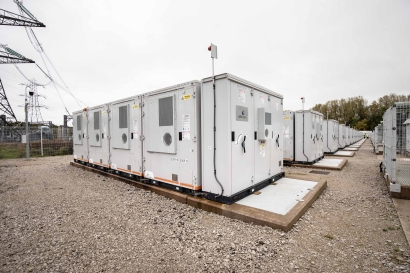Researchers identify optimal level of solar, battery storage for European energy market
Researchers in Hungary have developed a model to calculate the optimal PV and battery storage balance to support the European grid in the next few years. They found that the cost-optimal range is at 530–880 GW of PV, combined with battery storage equivalent to 2.5–7.5% of the total intermittent capacity.

Researchers in Hungary have developed a model to calculate the optimal PV and battery storage balance to support the European grid in the next few years. They found that the cost-optimal range is at 530–880 GW of PV, combined with battery storage equivalent to 2.5–7.5% of the total intermittent capacity.
A research team led by scientists from Hungary’s REKK research center has examined the optimal level of battery storage required to balance the expected growth of PV capacity across Europe. They utilized an in-house developed European Power Market Model (EPMM), a unit commitment and economic dispatch model.
“Our in-house developed model guarantees the novelty of our work. We include the spinning reserve market requirements in the modelling as part of the optimization process, so the model chooses which plants will provide reserves,” corresponding author Enikő Kácsor told pv magzine. “This additional constraint brings a different outcome when we search for the lowest system cost solutions. According to our knowledge, most power market models do not include the reserve requirements explicitly in the modelling.”
The EPMM aims to meet the demand for electricity in all 38 modeled European countries of the ENTSO-E network at a minimum system cost. Using data from the previous two years, it can predict generation capacities and wholesale market prices. This model covers 3,500 conventional power plant units, as well as reservoir hydro and variable renewable energy sources. It simultaneously optimizes all 168 hours of a modelled week and repeats this process for 12 representative weeks for each month.
To test for the optimized level of battery storage on the European grid, the researchers considered several scenarios, with Europe's PV capacities reaching 353 GW, 530 GW, 706 GW, 803 GW, and 1,059 GW, respectively. Battery penetration was assumed to have nine levels, from 0% to 20%, in increments of 2.5%. The discount on both PV and batteries was considered to be 5%, and the lifetime was 20 years. The Capex of PV is set at €430 ($506)/kW, while the Capex of battery storage is €570/kW.
“One important finding is that there is a ‘cap’, a cost-optimal capacity combination of PV and battery storage at the European level. When moving towards a ‘too high’ PV penetration, costs outweigh benefits, even with applying a higher level of battery storage. However, this threshold is located at a quite high capacity level,” said Kácsor. “Compared to the EU’s 2030 target of 383–592 GW of solar capacity, our assessment shows that the cost optimal range is at 530–880 GW of PV, combined with battery storage equivalent to 2.5–7.5% of the total intermittent capacity.”
More specifically, the scientists found that the least costly solution for Europe is the penetration of 707 GW of PV capacity and 5% of the total installed intermittent capacity dedicated to storage by 2030. In addition, the analysis found that PV curtailment levels range from around zero to 20% across European markets, while battery utilization rates are homogeneous among most states, at around 20%.
“The homogeneity in utilization rates in the optimal scenario also suggests that battery services could be efficiently shared amongst European countries if sufficient cross-border capacities allow it,” the team concluded.
Its findings appeared in “Integrating solar plants into the European power grid − What is the optimal capacity combination of PV and battery storage?” published in Energy Conversion and Management: X. Scientists from REKK and the Corvinus University of Budapest have participated in the study.
What's Your Reaction?
























































